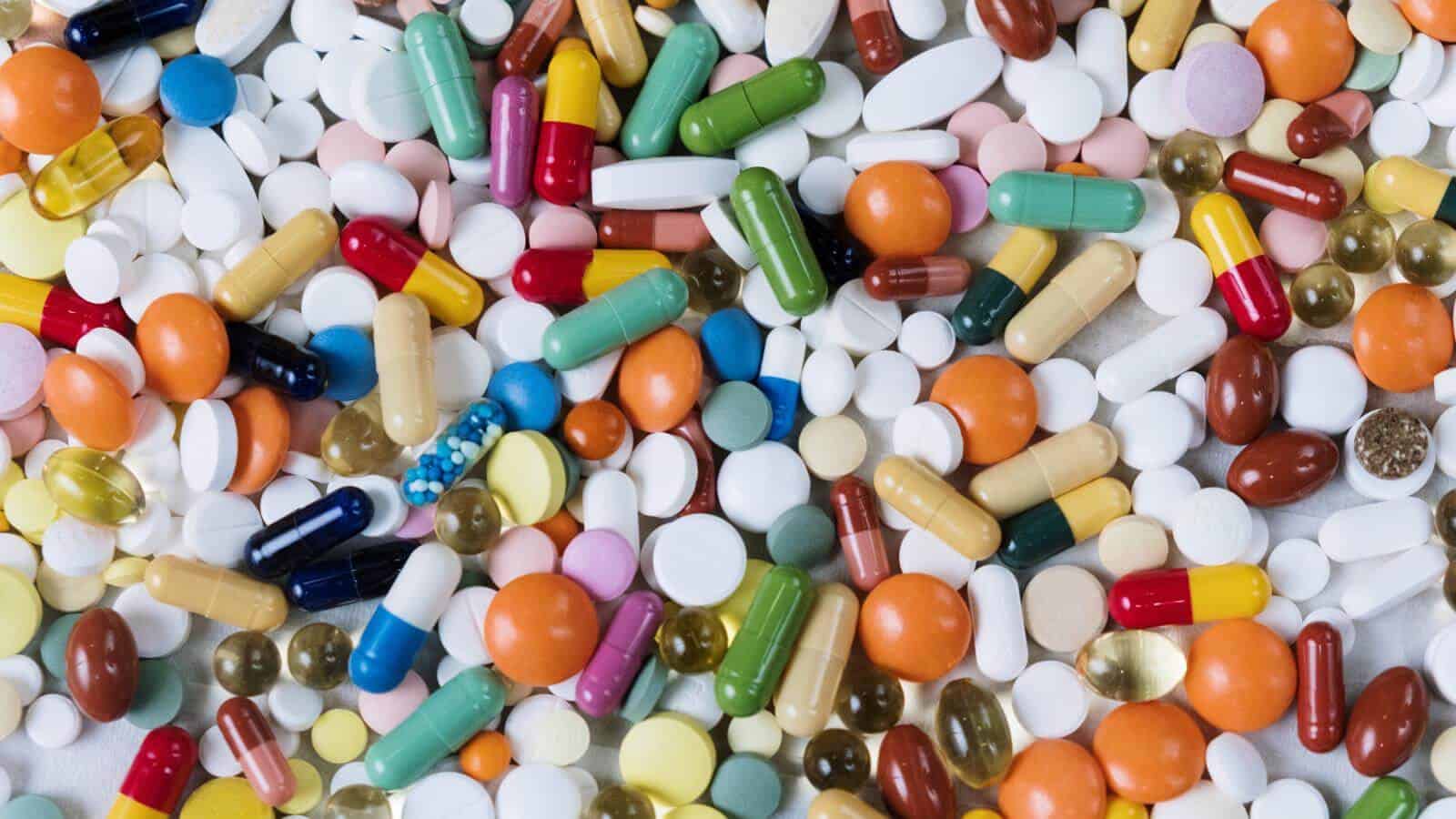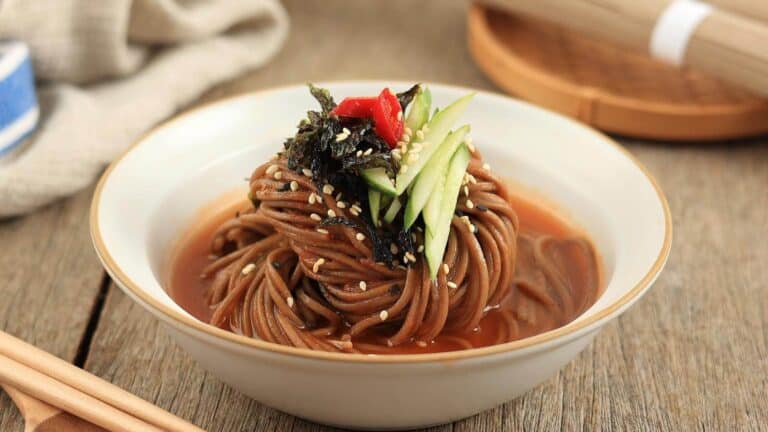10 Sneaky Sources of Gluten You Should Watch Out For
Staying gluten-free means you have to be careful, not just with the typical foods known for containing gluten. Many people know that wheat, barley, and rye have gluten, but there are other surprising places where gluten can hide.
Here are ten places you might not expect to find gluten, so it’s crucial to pay attention to what you choose to eat every day, especially if you have celiac.
1. Meat, Poultry, and Fish
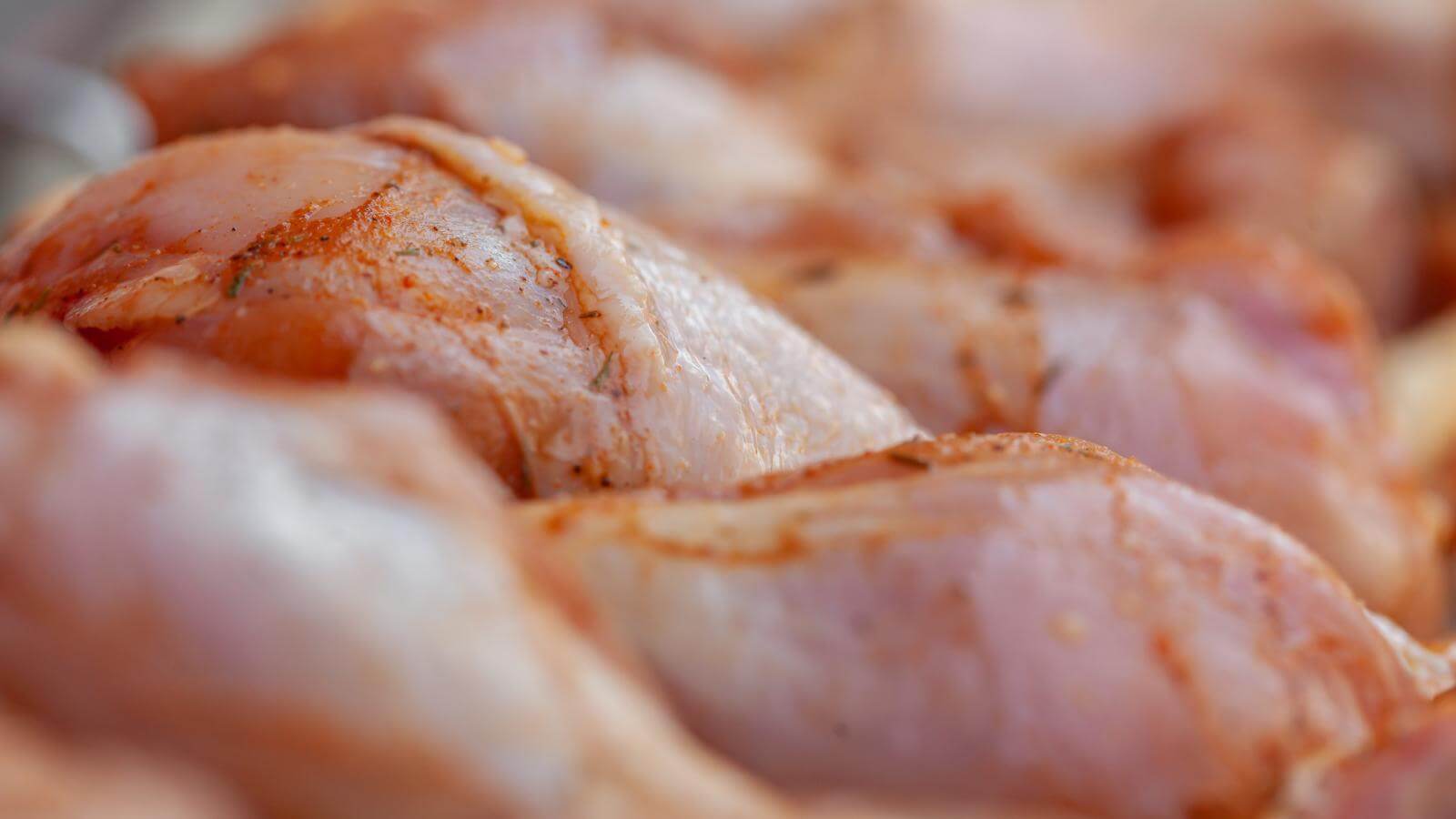
Believe it or not, gluten can sometimes find its way into meat, poultry, and fish products. Certain marinades, seasonings, or fillers in processed meats may contain gluten. It’s essential to scrutinize labels and opt for unseasoned or explicitly labeled gluten-free options.
2. Substitutes for Meat and Fish
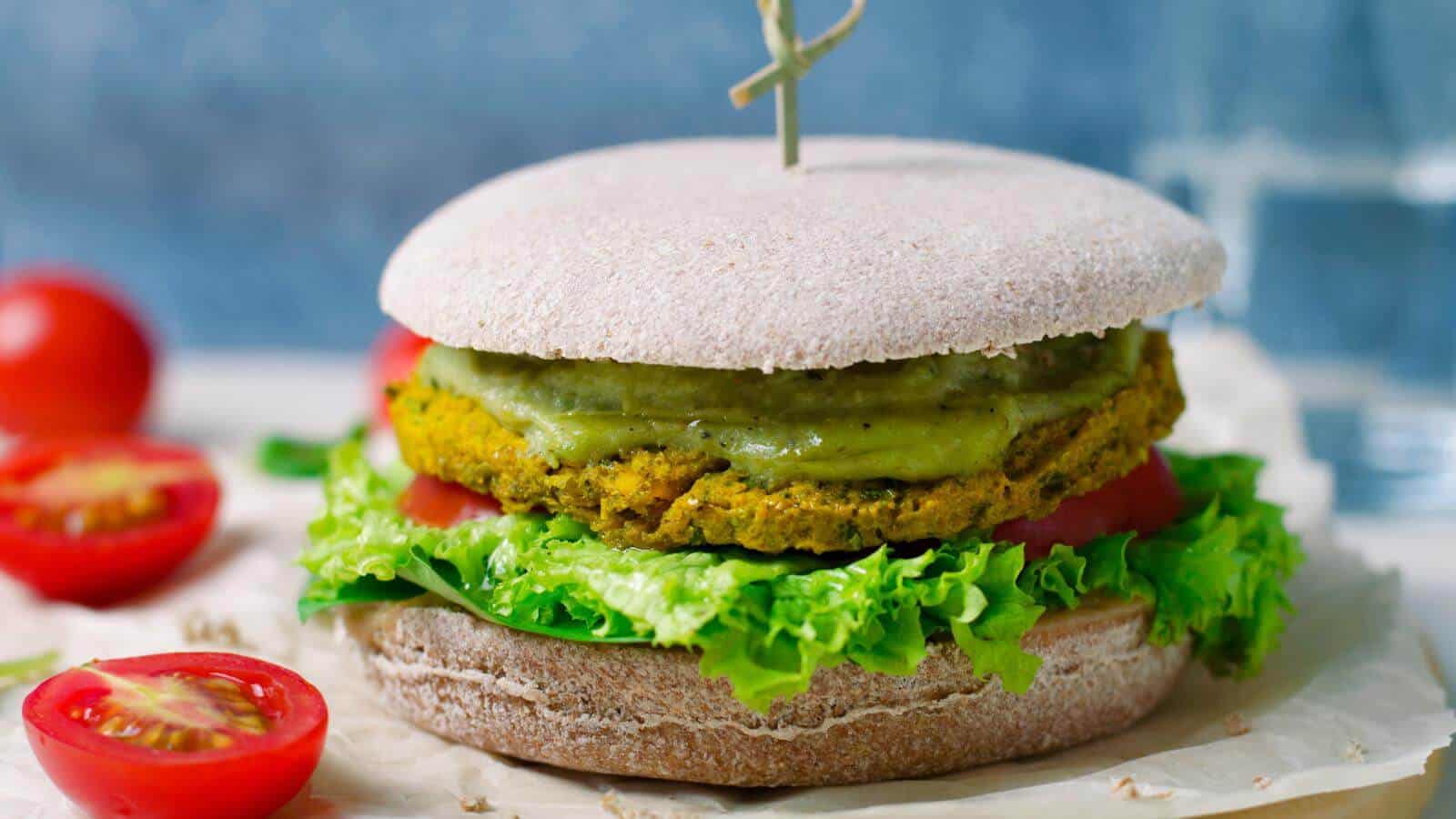
Vegetarian and vegan alternatives can be a hidden source of gluten. Some meat and fish substitutes incorporate gluten-containing ingredients to enhance texture or flavor. Check the ingredient list carefully, and choose substitutes explicitly labeled as gluten-free.
3. Chips and Fries
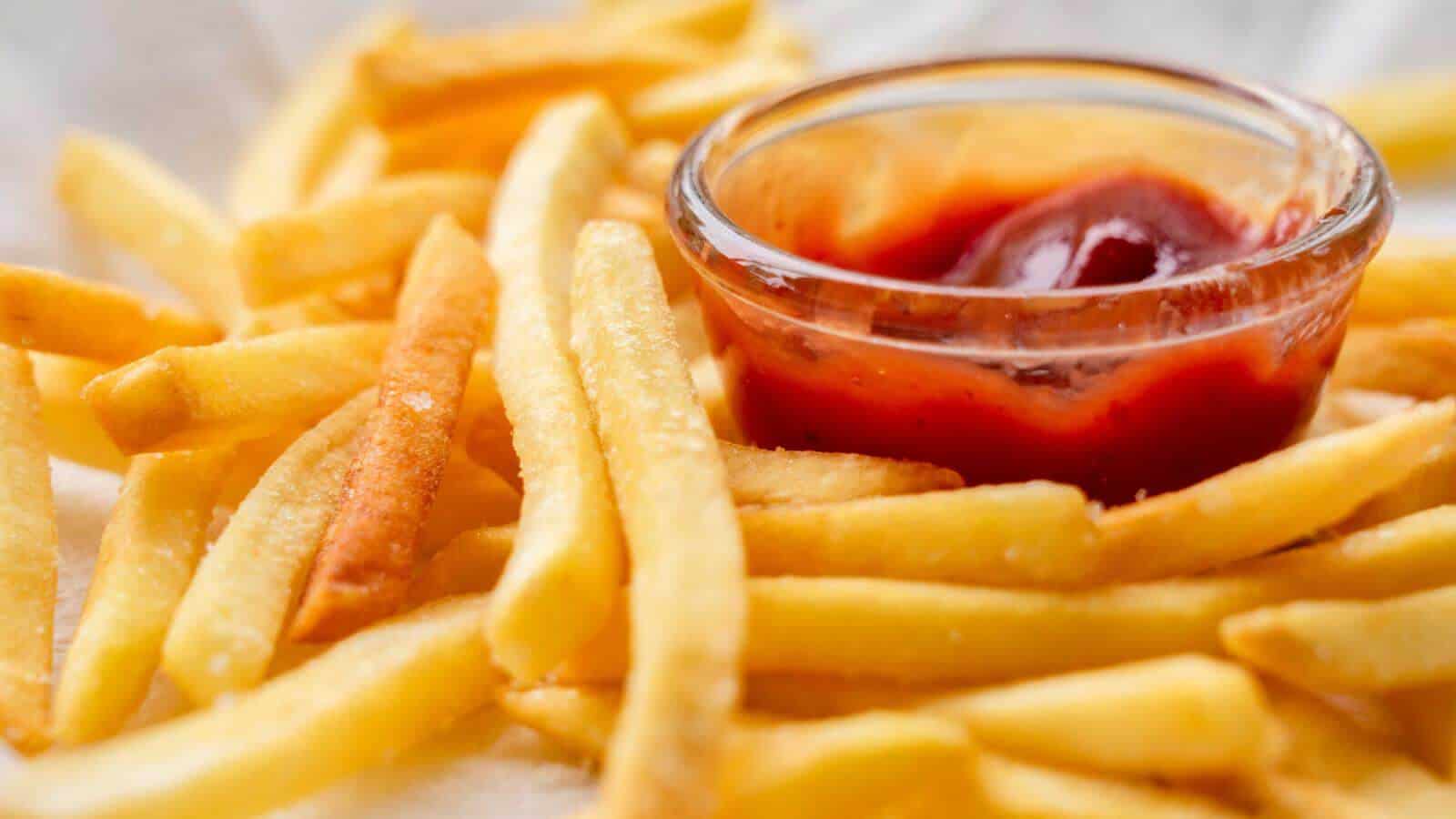
Snacking on chips and fries might seem harmless, but many commercially produced varieties use coatings or flavorings that contain gluten.
Always read the product labels or opt for snacks specifically labeled gluten-free to ensure a safe indulgence. You must also be careful when eating fries at a restaurant, as they may use a shared fryer.
4. Oats
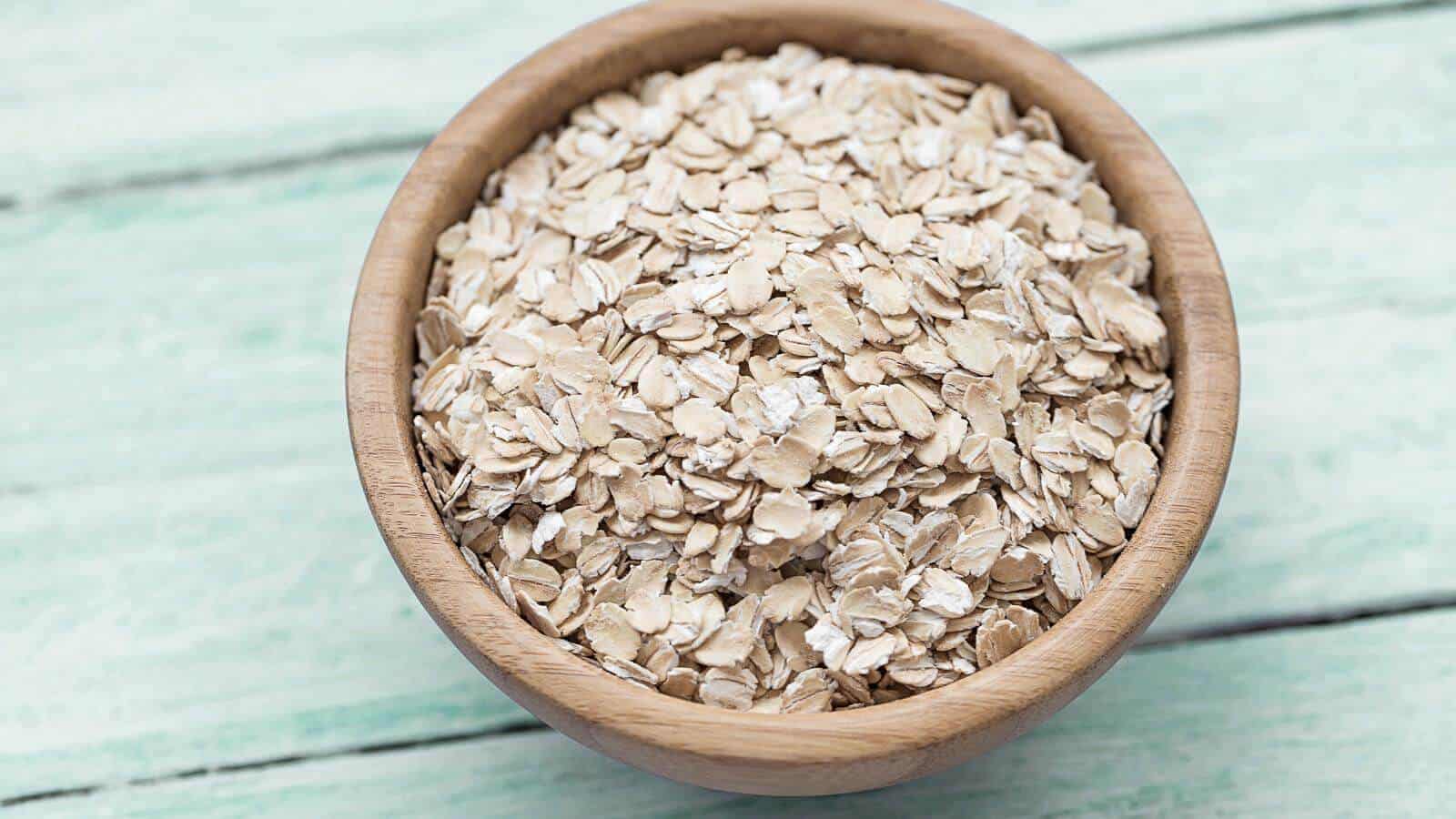
Even though oats don’t contain gluten naturally, they often get mixed with gluten during processing. Choose certified gluten-free oats to avoid potential issues. Being careful is important, especially if you have celiac disease. Even a bit of gluten can cause harmful reactions, so watching out for it is crucial.
5. Soy Sauce and Miso
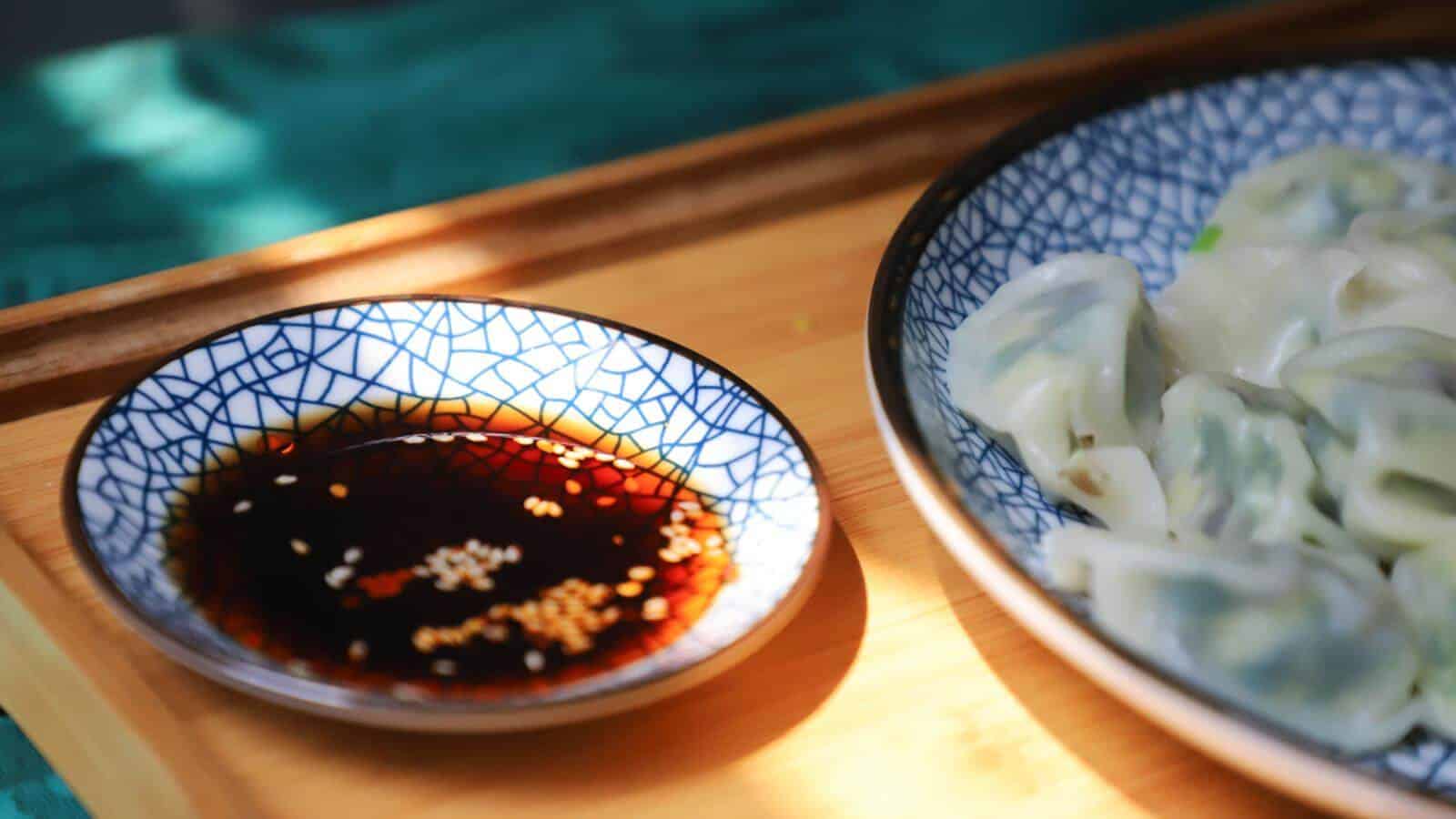
These savory staples in many kitchens often contain wheat-based soy sauce. Opt for gluten-free soy sauce or tamari, and check miso labels for hidden gluten. Making these simple switches can safeguard your meals against unsuspected gluten exposure.
6. Soups and Gravies
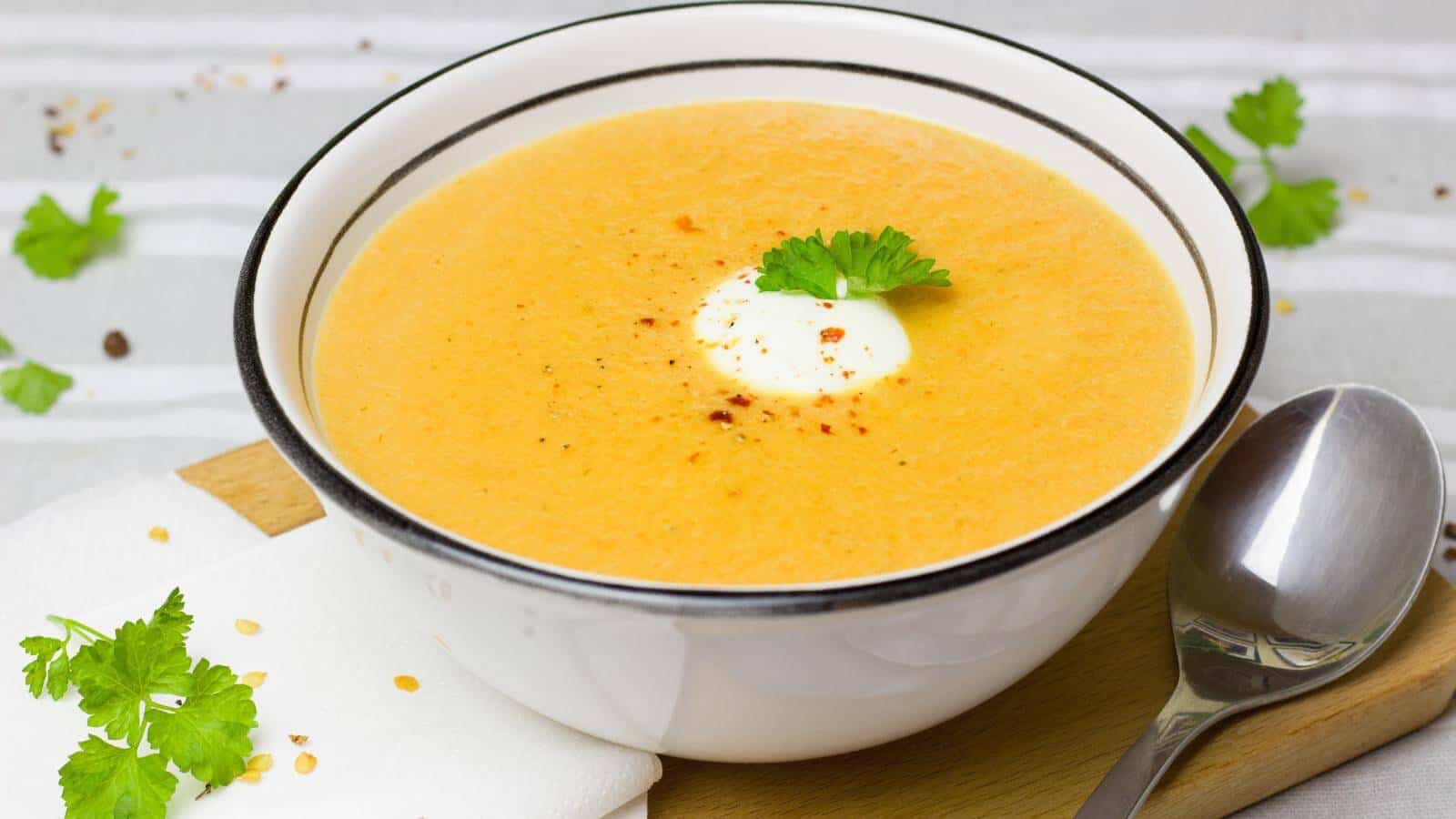
Soups and gravies, often thickened with flour, can be a sneaky source of gluten. Read labels or, better yet, prepare homemade versions using gluten-free thickeners like cornstarch or rice flour to enjoy comforting dishes without compromising your gluten-free commitment.
7. Restaurant Eggs
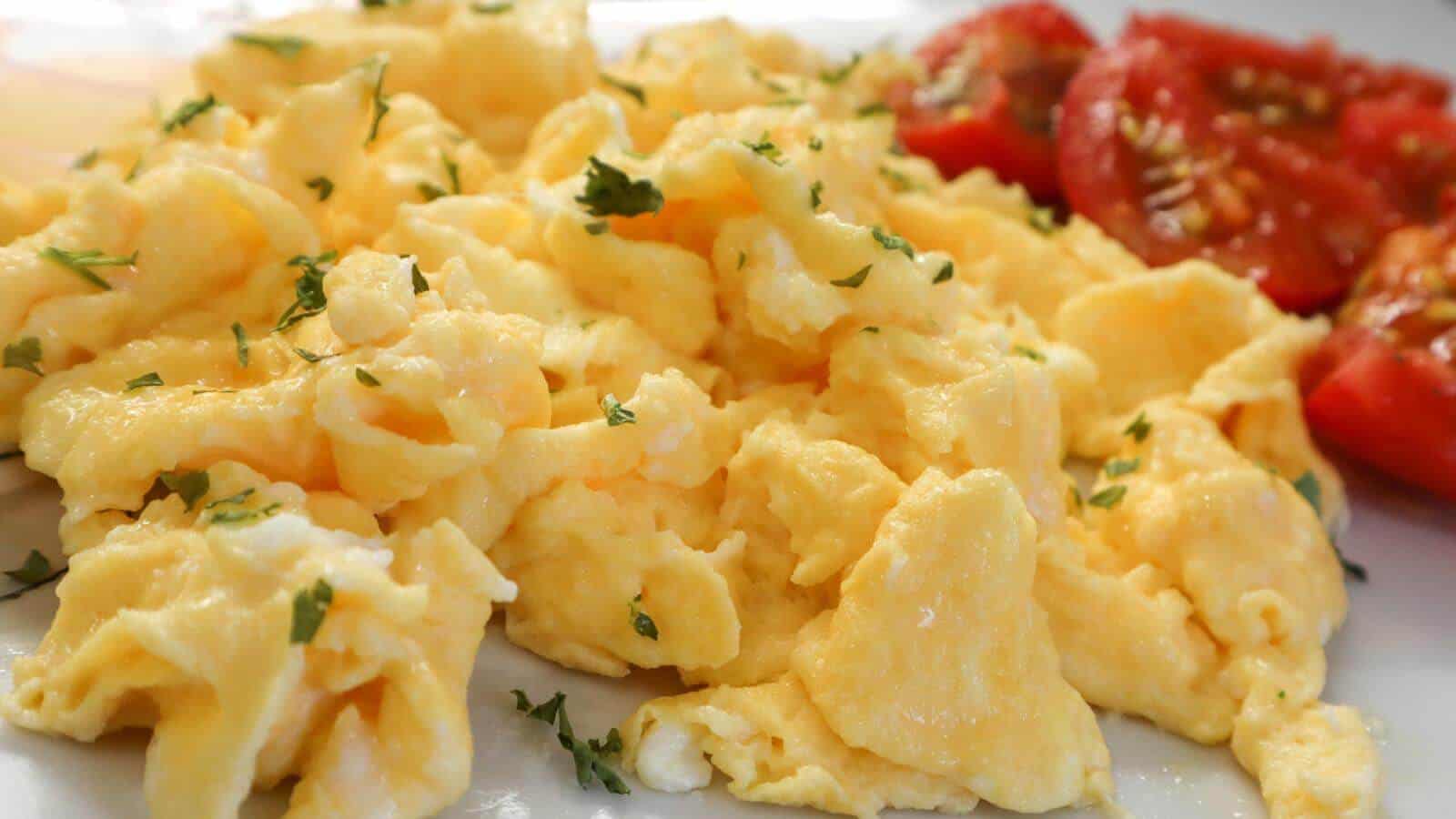
Even seemingly straightforward items like eggs at restaurants can be a cause for concern. Some establishments add pancake batter or other gluten-containing ingredients to make their scrambled eggs fluffier. When dining out, communicate your dietary needs to ensure a gluten-free meal.
8. Salad Toppings
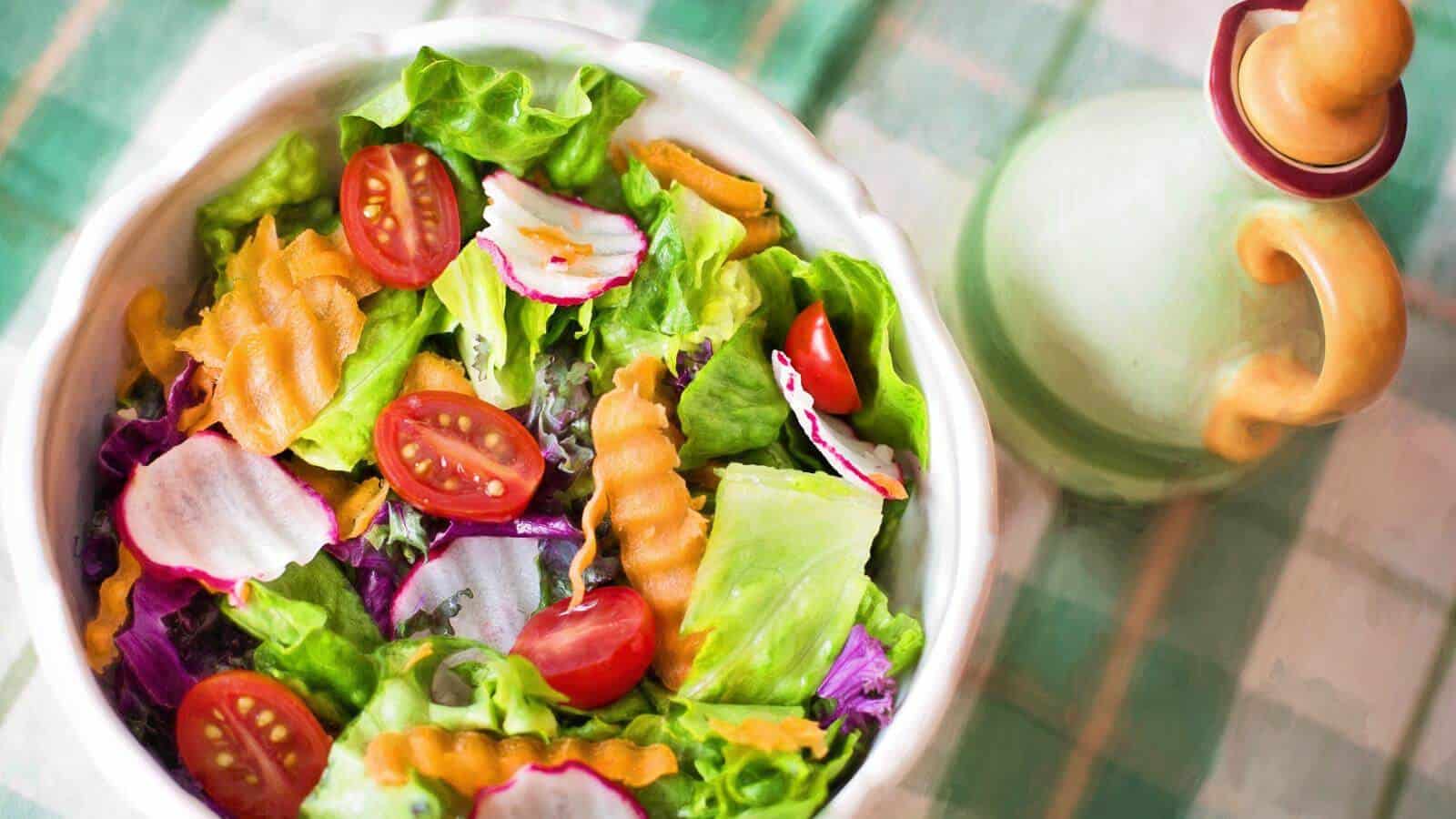
While salads are generally considered a safe choice, it’s essential to scrutinize salad ingredients. Croutons, dressings, and even some pre-packaged salad mixes may contain gluten. Be diligent in choosing gluten-free options to keep your salad truly celiac-friendly.
9. Ezekiel Bread
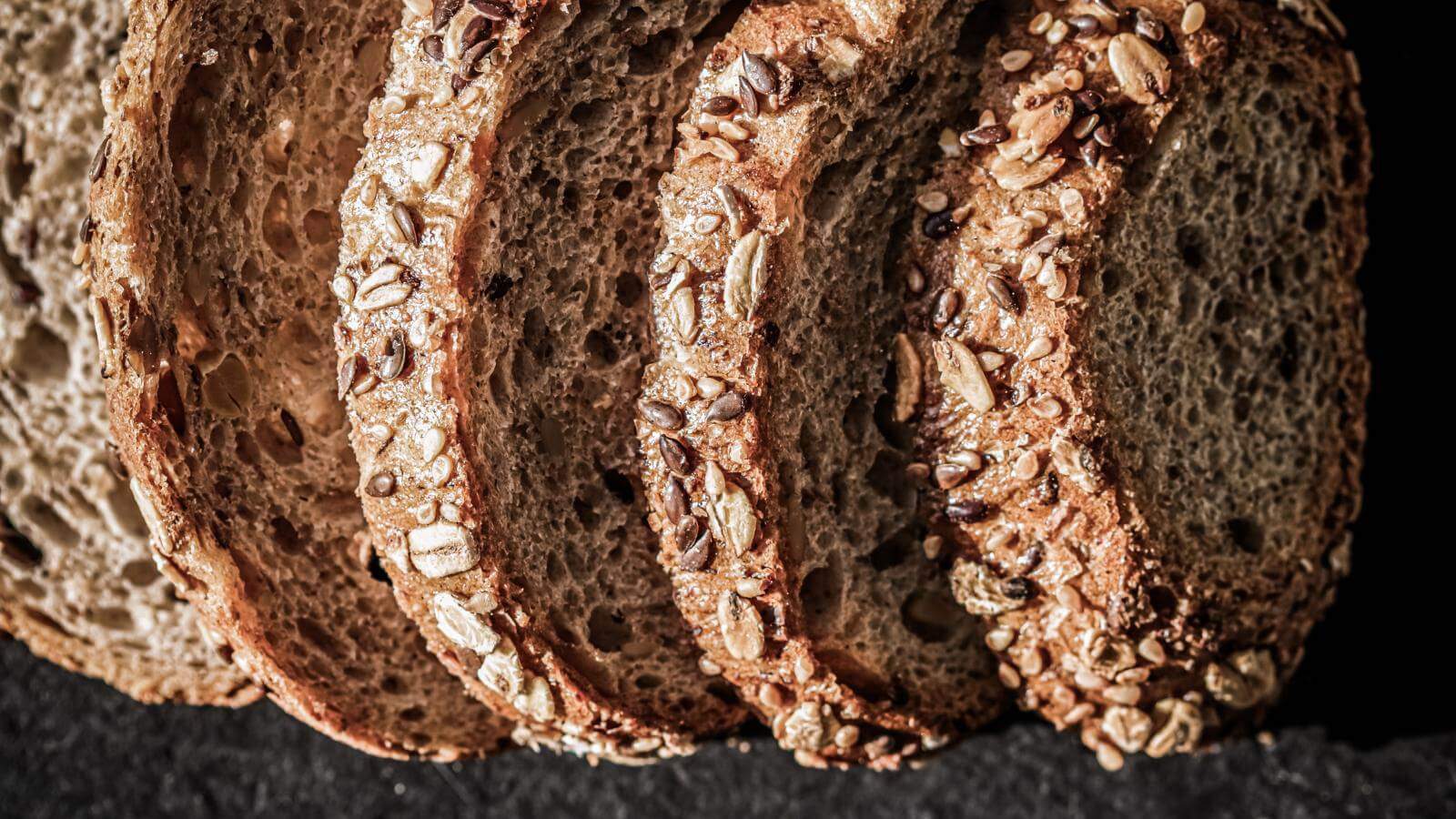
Ezekiel bread, touted for its health benefits, often includes a mix of grains, some of which may contain gluten. Check the label for clarity, and if you’re sensitive to gluten, explore alternative gluten-free bread options.
10. Supplements and Medications
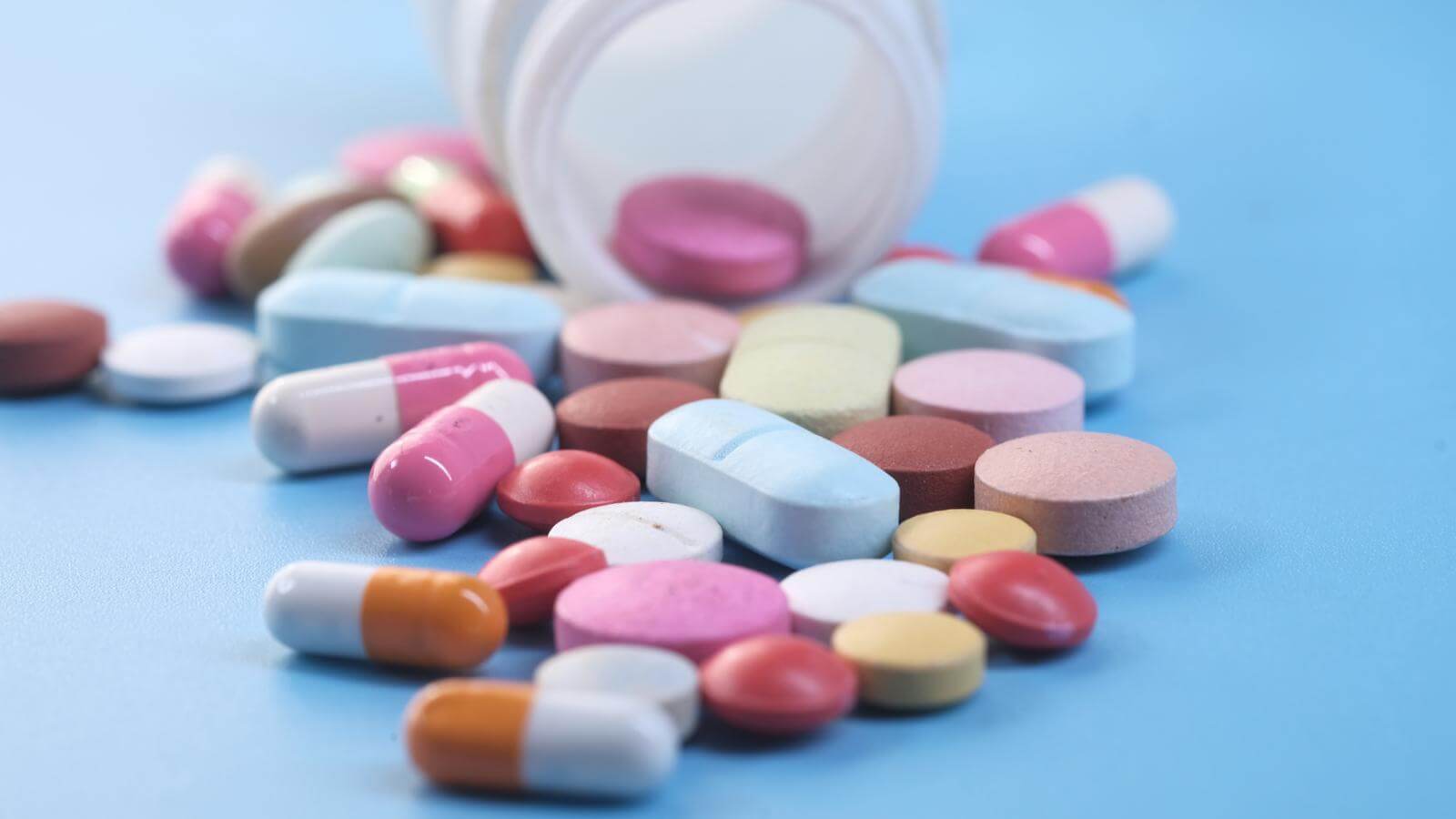
Surprisingly, gluten can be present in certain supplements and medications. Always check with your healthcare provider and pharmacist to ensure that your medications and supplements are gluten-free, as this often overlooked source can pose a risk to those with gluten sensitivities.
